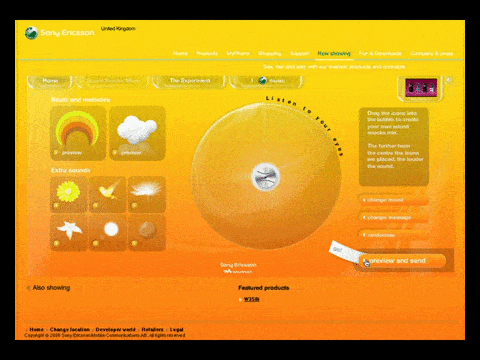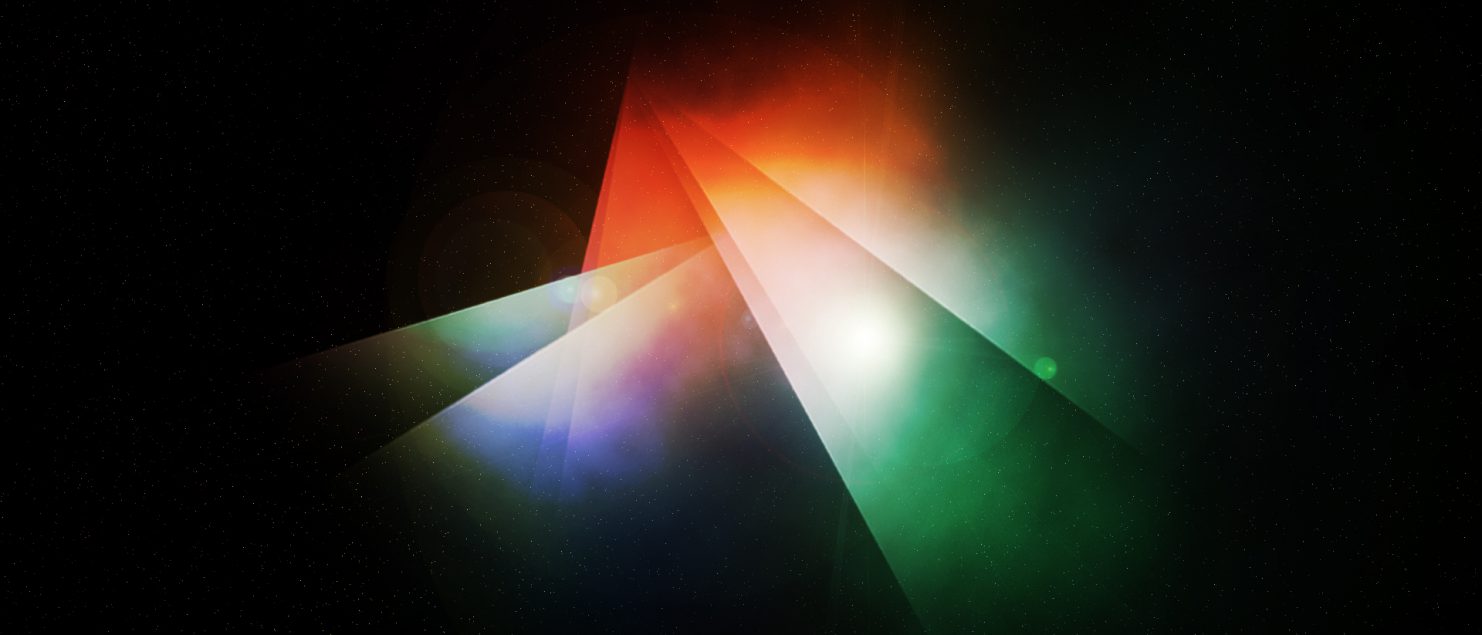Sony SoundSnacks: A Case Study
Working on a Sony project was always likely to mean there are some seriously ingenious goings on—and there certainly was in this small mobile marketing project focused on a “feature phone,” the w350i. I saw a 350i in an Amsterdam phone shop and almost bought it for the memory of the project. The phone was one of the Sony-Ericsson range before they took separate paths.
Every project you take on is a privilege. But it’s good, to be honest, that there are certain brands that open the door for more creative expression and market exposure.
For those of you who don’t remember the Walkman phones, let me say we remember one of the first “affordable” mobiles—the Motorola 8800X retro brick—and had the first T-Mobile (One2One) phone pre-launch, the M301. Unbelievable pieces of history. But I digress.
Every project you take on is a privilege. But it’s good to be honest that there are certain brands that open the door for more creative expression and market exposure. We focused on putting together the Information Architecture for the experience and content writers and visual designers from other design stables to bring the final product to life. Some of the project direction started around a piece of functionality a developer had found that transformed 2D into 3D in Flash (when flash was the de facto requirement for any form of multimedia excellence on the Web).


Making it work
The screen became transformed into a record platen and the visualised sound snacks — images of birds, clouds and rainbows — could be dragged onto the platen and organised to add a rhythmic layer to predefined tracks. Along with these tracks, the user would choose a mood to match the type of musical background and sounds that were available to them.
Social sharing at its best, we felt, because the user wasn’t just sharing something flat but something they’d created themselves in a short space of time that looked engaging and invited others to join in creating too.
Once the user had assembled the soundtrack—or a random placement of the sound snacks requested—the user could enter their personal details and send their renditions off to friends who could, in turn, disperse it to their own community. Social sharing at its best, we felt, because the user wasn’t just sharing something flat but something they’d created themselves in a short space of time that looked engaging and invited others to join in creating too. It was effectively an interactive and immersive soundscape application and very fun to use. And of course, recipients could create their own sound snacks too. When a rendition was complete the app would transform the flat platter into a 3D world with the sound snacks still in their relative positions to that on the 2D platen. Full kudos to the developer as it was an eye-catching end result.

